Sweet Coconut Dumplings in thick milk cream – dudh puli – unsweetened shredded coconut cooked with palm jaggery, wrapped inside small rice flour flatbread, folded gently, simmered carefully with lightly sweetened milk!
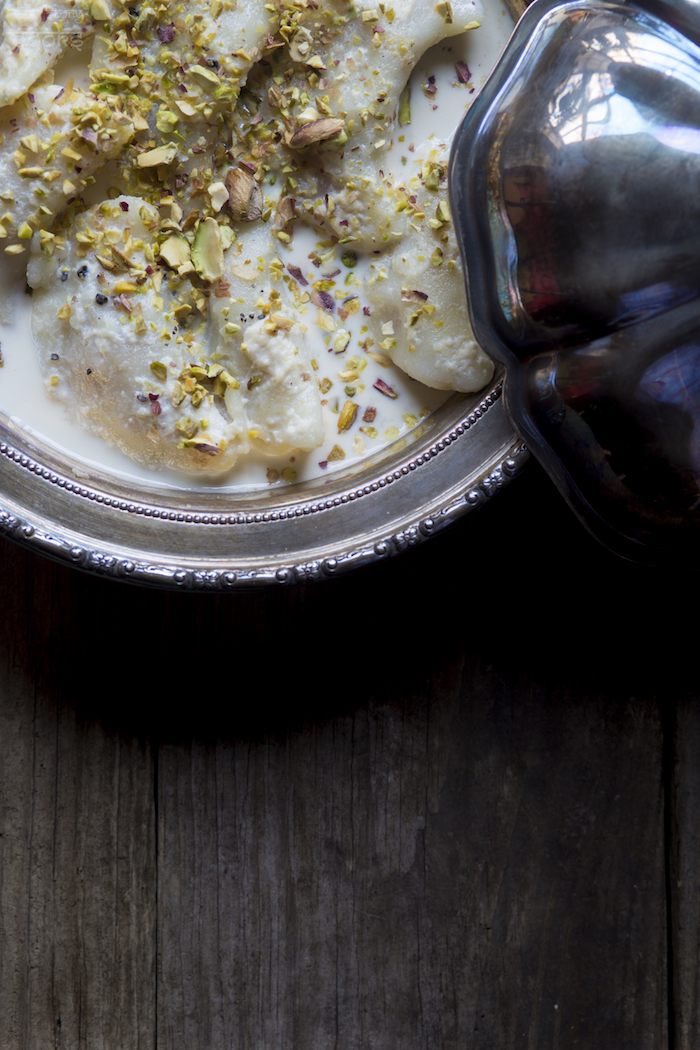
Sankranti is nothing but an Indian Harvest Festival, which will be celebrated on 15th January 2016.
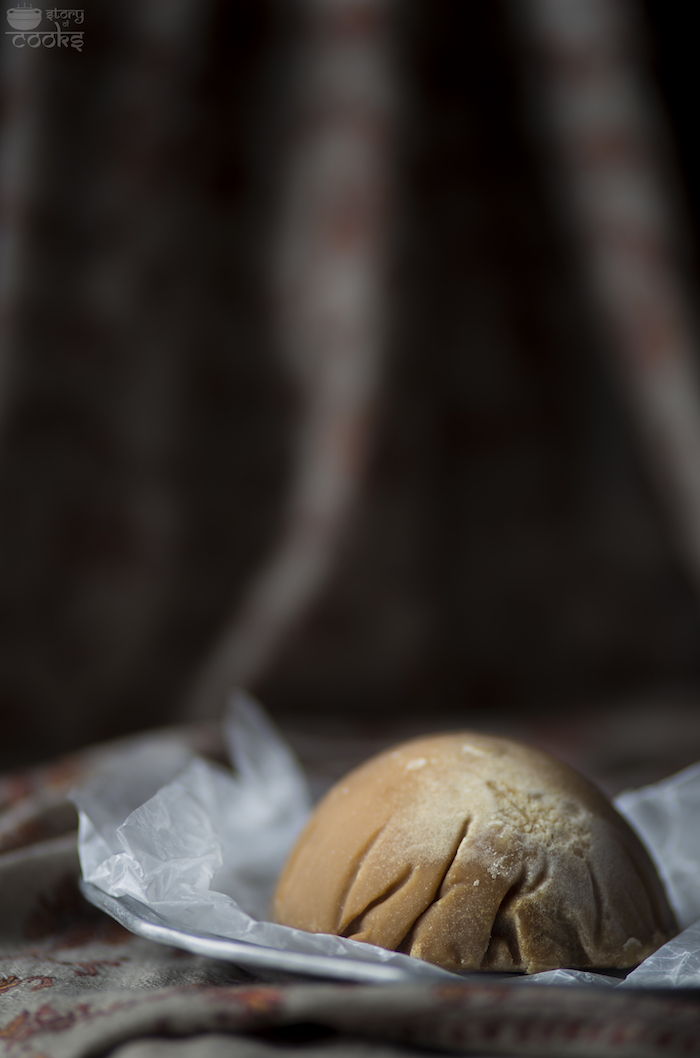
It brings so many memories in front of me. Ma would wake up in the morning, clean the house, worship and cook ‘pithe’ for all of us. Pithe, extremely popular delicacy in eastern region of the India, is nothing but a type of cake/dimsum, which is prepared with rice flour/wheat flour and jaggery/sugar. Ma would prepare a few kinds of pithes on the day of Sankranti. Hopefully one day I can learn all the pithe recipes from her. Last year I have tried her Sweet Coconut Dumplings, Sweet Eggless Stuffed Crepes – Patisapta which were quite successful. This year I wanted to try her another signature recipe Sweet Coconut Dumplings or dudh puli in thick milk cream. This is famously known as Dudh Puli in Bengal.
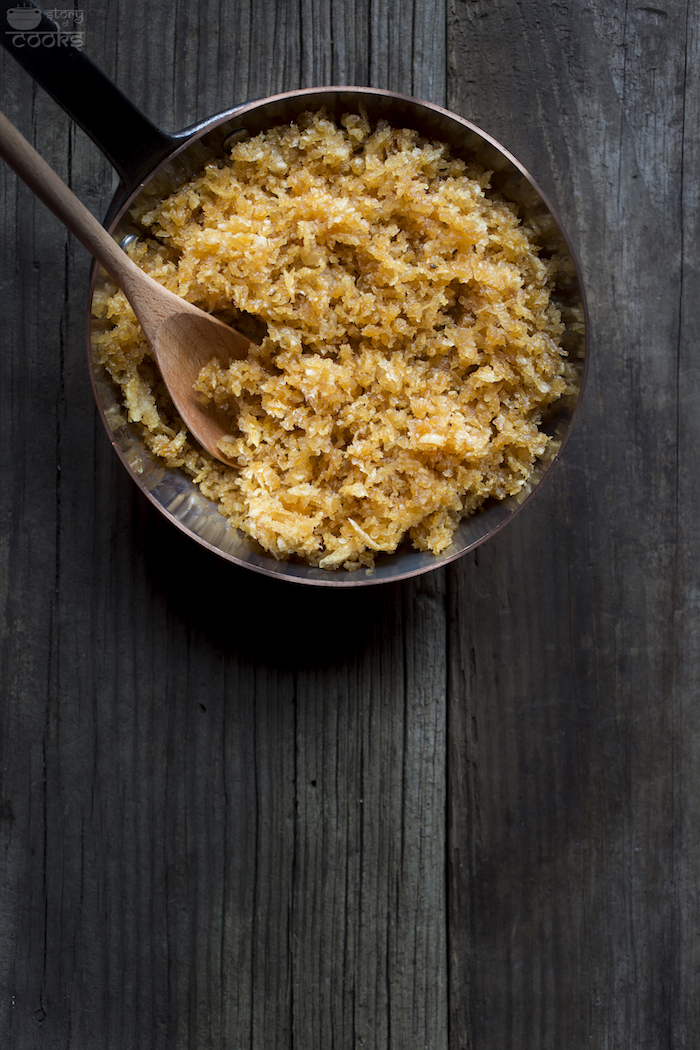
[clickToTweet tweet=”Learn this #Sankranti #special very #traditional #bengalirecipe with me: http://bit.ly/1KbNaDA ” quote=” From start to finish Sweet Coconut Dumplings in thick milk cream can only take an hour but the process is no less satisfying than baking a cake or bread.” theme=”style1″]
Since beginning of the history, every culture in the world has some sort of celebrations for harvest. In states, we celebrate Thanksgiving and in Bengal we celebrate Sankranti. It’s believed that spring is starting on this very day. Every region has different names of this. When Sankranti is hugely celebrated immensely in some parts of India, Pongal is celebrated in Tamilnadu, Uttarayan is celebrated in Gujrat and so on.
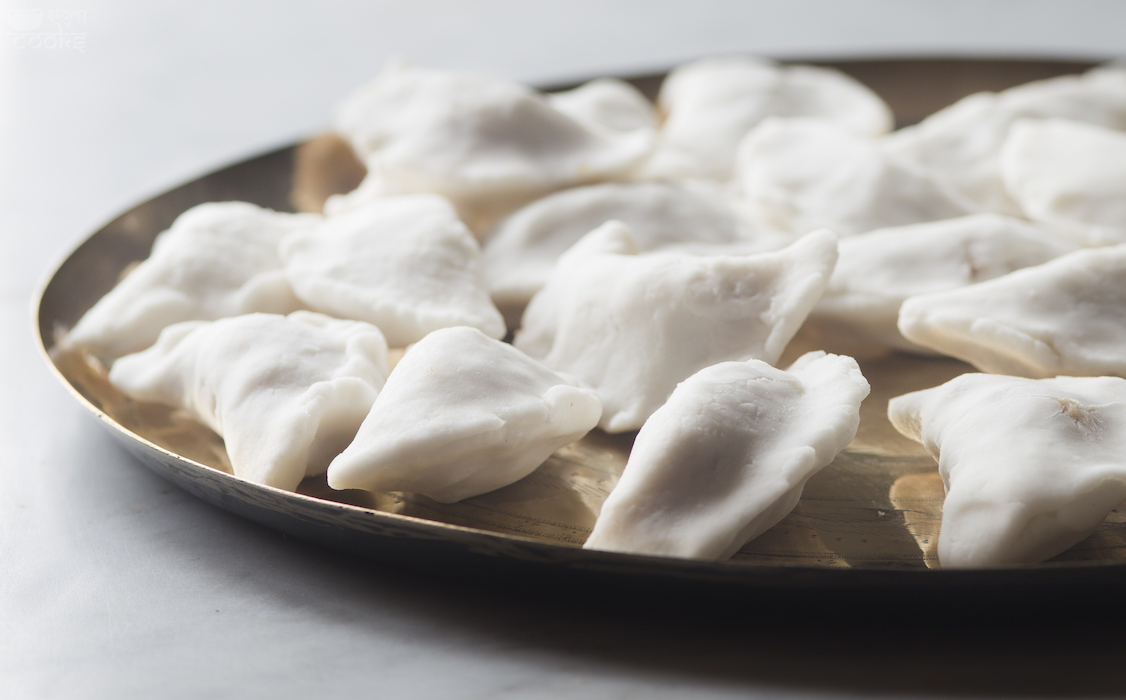
In Bengal, we call it Poush Sankranti and we celebrate with freshly harvested paddy and palm jaggery. Bengalis make different kind of sweets with rice flour, coconut, milk and jaggery and it’s famously known as ‘Pithe’. Bengalis worship Goddess Lakshmi and people from all caste join this three daylong celebration.
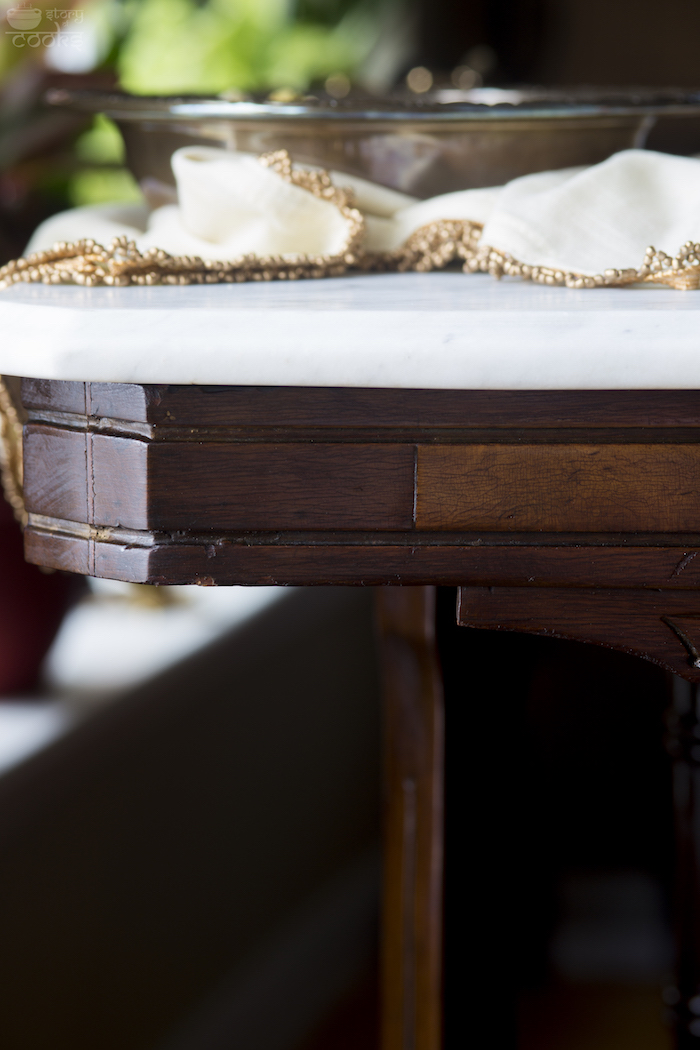
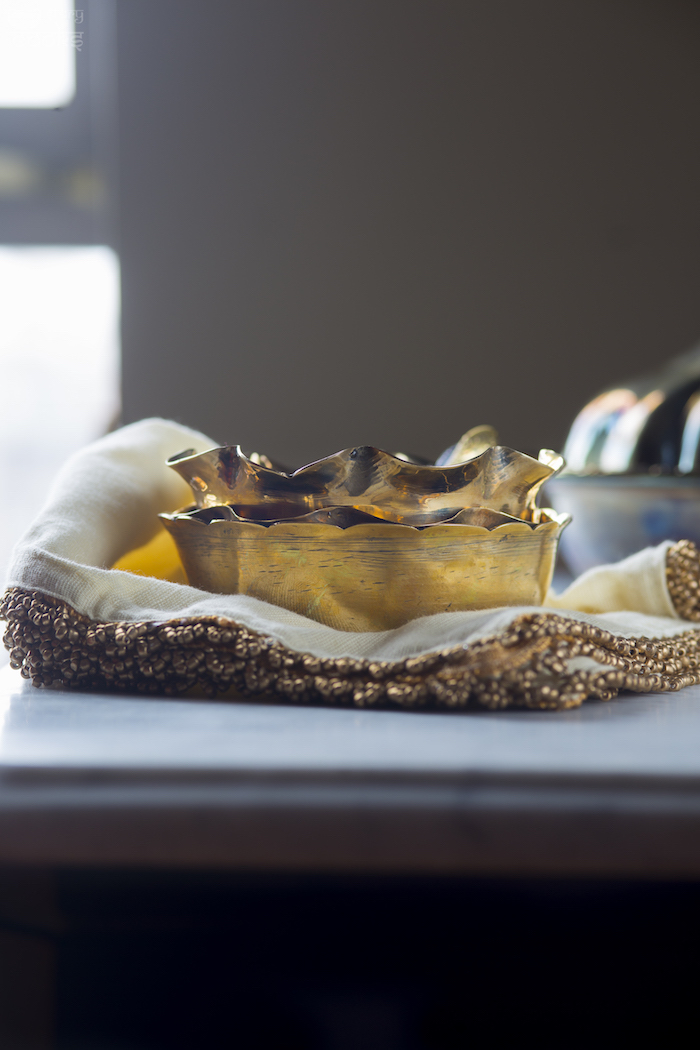
I was not sure about how it’s celebrated in other part but a couple of my friends shared their story.
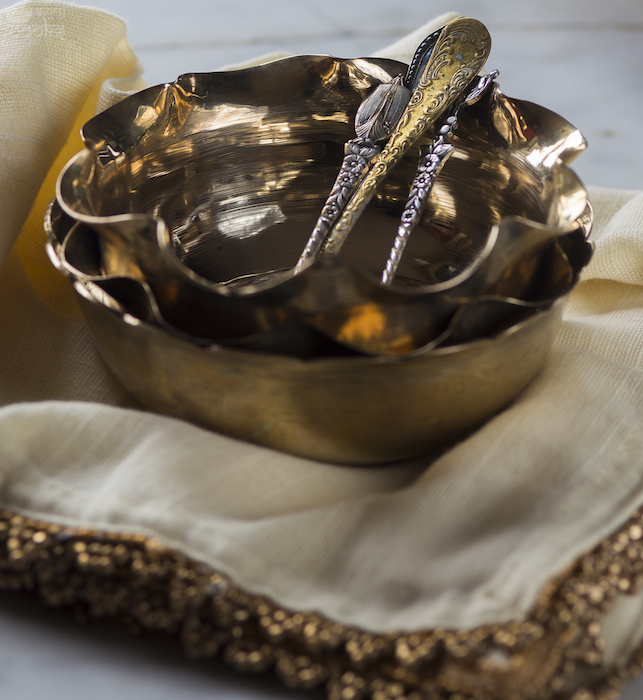
Garima: Makar Sakranti is a major festival in my home town, Jaipur. The celebrations start as early as 5 AM, when loud music can be heard from rooftops and colourful kites dot the sky. This goes on late into the night. Sweets made of sesame and a variety of snacks are served on the roofs to the kite fliers and families dine there together. The night sky is dotted with beautiful lantern kites. It’s a day of joy and togetherness.
Garima’s Batata Wada/Aloo Kofta
Pallavi “Just” Roy: The biggest harvest festival of India. The cultural rituals are overlapping with rest of India. But in Maharashtra it is coherent with the phrase “Tilgul Gya, Godgod bola”. Such as the application of sesame oil makes the body warm during cold winters. Similarly , warmth should be expressed in relationships, conduct and actions. This is underlying sentiment of giving and receiving tilgul on this festive day. The sesame seeds are toasted in a hot pan on low heat until they turn golden brown. Mixed with Coconut and jaggery to form this lovely candy.
Preeti’s (Tilgul) Traditional Sugar Beads
Anita’s Tilgul : Traditional Sugar Beads
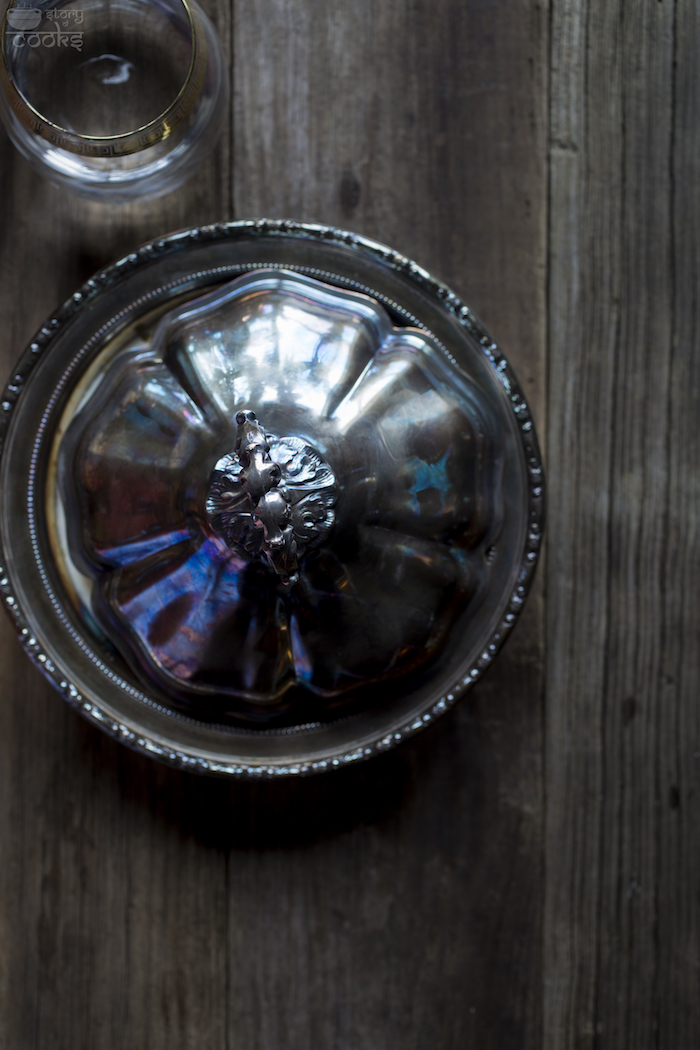
Sapana : In January every year the festival of Makar Sankranti is celebrated all over the India. At my mom’s place which is typical north Indian (UP) brahhmin family,it is celebrated with til ke ladoo, chikki,peanuts and barfi.My mom would make the ladoos a day before .
On the day of Sankranti or “Sakat” as they say, she makes the traditional urad dal khichdi and after bath we all would eat it.In the evening,lots of festive food are prepared mainly any curry,
poori ,kheer ,halwa ,rice and salad.Some boiled sweet potatoes and water chestnuts are also served in the thali.She does the prayers of Lord Ganesha with first thali and then send it to elder sister in law’s house with some gifts and money.Afterwards,she opens her fast and eat the food .Later in the night we would eat peanuts and til ki rabri and chikki or gazak.
Sapana’s SESAME SEEDS BALLS
Kinjal : Talking about Gujarat, the idea of flying kites lights up every child and adults’ faces equally well. Preparations to have those perfectly threaded kites, super strong threads and the idea of being on the terrace for so much time, ignoring the cuts on fingers… is an elaborate planning of this 2-day festival of ‘Utraan’ and ‘Vasi-Utraan’ as they call it in Gujju lands. Food is a highlight in every festival….. so of course this festivals sees a plethora of food items. Undhiyu (the mixed vegetable curry cooked in pot), Chikki (peanut-brittle), til papdi (sesame brittle), berries (bor) and ghughra, mamra-dhaani (popcorn of jowar) etc. are the food items best devoured during the Uttarayan festivities, when everyone is on their terrace shouting ‘Kai-po-che’ at the top of their voices. Mornings begin with donations and alms, khichdi and til laddoos to the poor, entire days tirelessly spent on the terraces, ends with the nights of “Tukkal” celebrations. The sky illuminates like never ever seen. A feeling of anticipation, joy and jubilation grips all who celebrate the occasion equally.
It’s Potluck’s Ginger Coconut Chikki and Undhiyu
Noopur: Lohri is a fun filled festival that has its roots in Punjab – also known as the ‘ bonfire festival’ , it is celebrated on the 13th of January to mark the end of the coldest days of winter. Children go from house to house looking for Lohri ( loot) – which traditionally are sweets made from sesame seeds, peanuts and jaggery. In the evening a large bonfire is lit and people dance and sing around it and throw puffed rice into the fire and ask for prosperity in the upcoming harvest in March. Prayers are followed by a traditional dinner of saag and maki roti and bugga a sweet made from sesame seeds, sugar and milk.
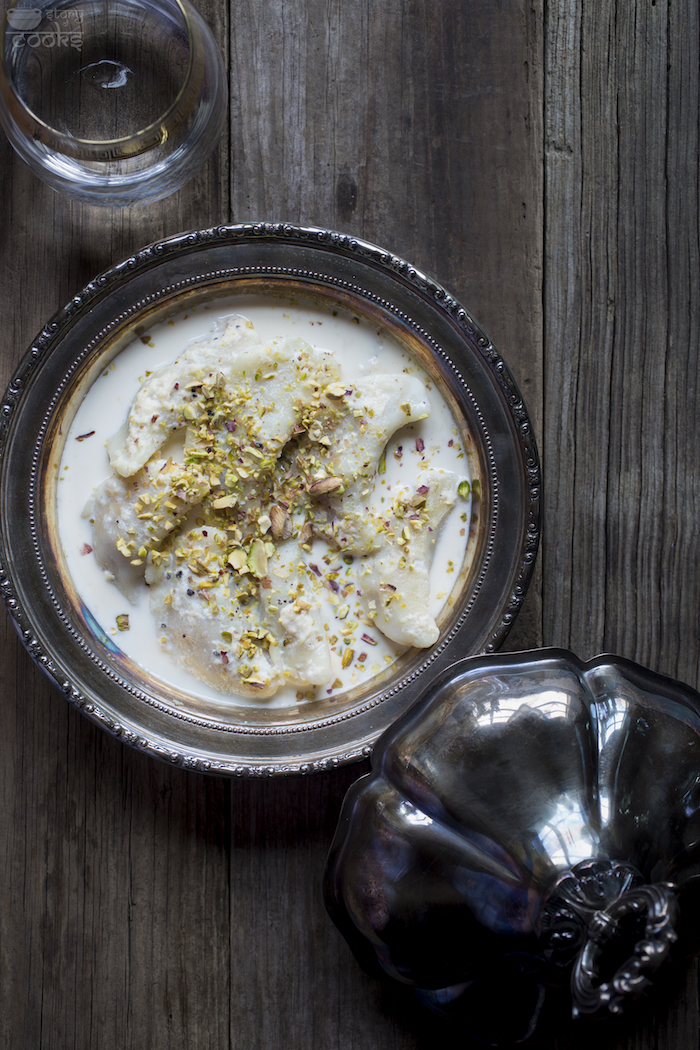
Pavani : Sankranthi is celebrated for 3 days in Andhra/ Telangana. First day is ‘Bhogi’ and on that day people light a bonfire at dawn which represents the disposal of old habits, vices etc. Second day is ‘Makara sankranthi’ which is the actual day of the festival when people pray to god and make ‘muggu’ or ‘rangoli’ in front of the homes. Third day is ‘Kanuma’ and it is special for the farmers because it is the day of praying and showcasing their cattle with honor. – Pavani Nandula (Andhra Pradesh)
Pavani’s Sankranti Recipes.
Nandita: In Karnataka the best part of this festival is “ellu beerodhu”. It is the part where ellu-bella (a trail mix of sesame seeds, jaggery, peanuts, roasted gram and dry coconut), sugar cane, and sugar mould figurines are distributed among friends and relatives.
Nandita’s Ellu Bella(Trail Mix)
Radhika’s SUGAR MOULD FIGURINESandTRAIL MIX
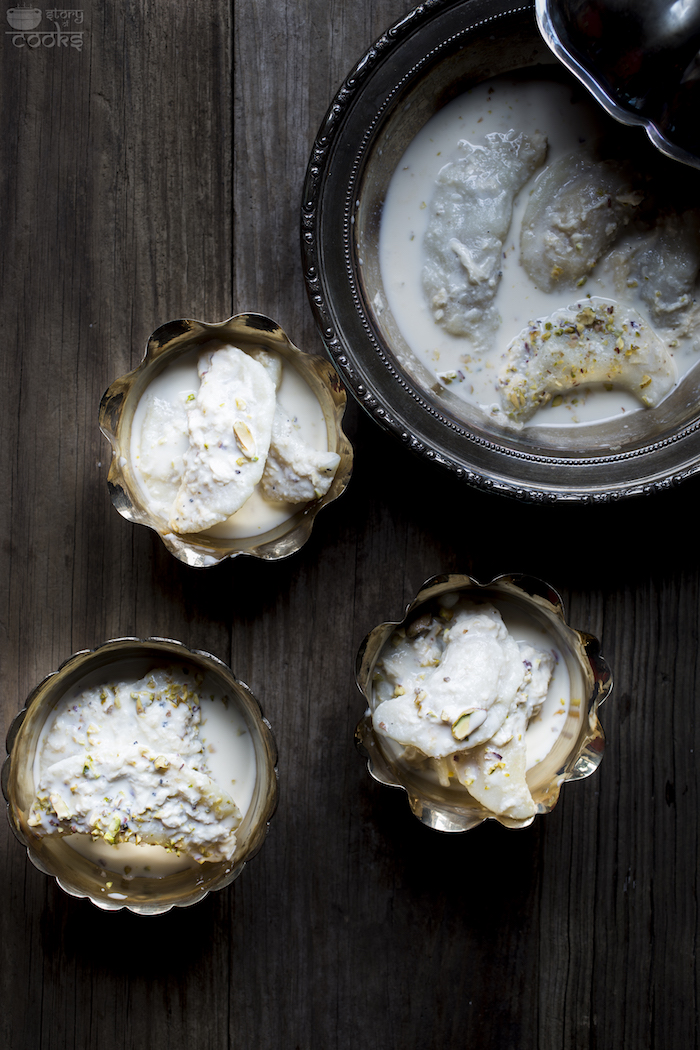
Sujatha: In Tamilnadu this is a 4 day festival. The First Day is “Bhogi”.Clean up the old and bring up the best is the slogan of the day. Often puran poli is served during this day.
The second day ( First day of Thai Month)is celebrated as Pongal. A earthern pot is prepared with fresh turmeric plant wrapped arround. Fresh harvested rice , coconut water and milk are the key . People decorate the outdoor area with beautiful Rangoli. The earthen stove (specific to this festival) will be placed on the mid of the rangoli and the pot will be ready on the stove. Sugarcanes, fresh fruits and vegetables , pan leaf and other pooja related things will be assembled and elder person will add milk and coconut water to the pot and bring it to boil. When the milk comes to full boil, we have the custom of saying “pongalo Pongal”. Then the fresh rice will be added and cooked along with jaggary to make a sweet sarkarai pongal.Finally everything will be offered to Sun to show our gratitude towards him.
The third day is called kanu pongal( mattu pongal in some places), which is nothing but giving credits to the cattle involved in agriculture. The cattle ( cows and bulls ) are given a bath and decorated beautifully this day and a special aarti will be done for them too.The famous ” Jalli Kattu ” , bull taming sport, where men show their bravery to control a bull happens this day.
The fourth day is called kaanum pongal. As kaanum literally means to see, people go and meet their relatives and other family members to wish them. As they might need to travel, it is a custom to make variety rice that day and enjoy with friends and family. – Sujatha Arun(Tamilnadu)
Sujatha’s Sarkarai pongal aka sweet pongal.
Meena’s Pongal Recipe
Jyothi’s – Ghee Pongal , Rice and Jaggery Pudding
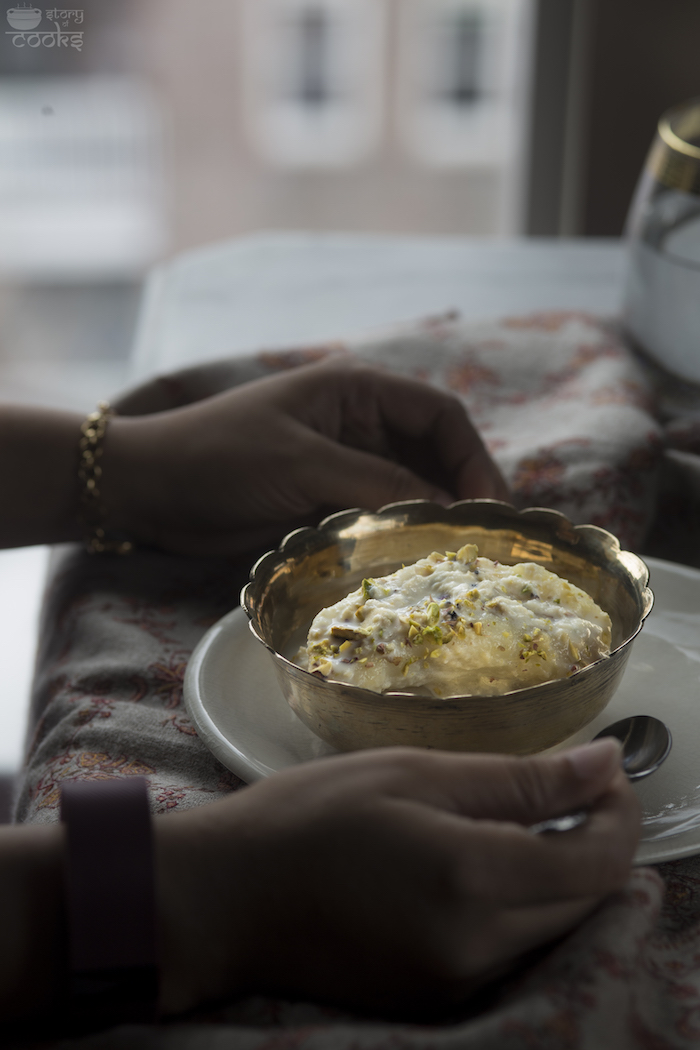
Sreelatha: Growing up in Kerala, Pongal or Sankranthi did not have much significance at home.
Fast forward a few years and change the place to Bangalore.
Now, there was significance to Pongal and Sankranthi. Bangalore being a place where there was a culmination of people from all over the country, it was difficult not to get into the spirit of the festivals, even if they were not celebrated at home.
My Tamilian friends would be speaking about the Venn Pongal and the Sakkarai Pongal made on this particular day while my Kannadiga friends would be talking about Sankranthi and sharing Ellu Bella.
One of my favorite memories is that one of the admin staff at my office would distribute ellu bella to every body at the office. And I used to look forward to that every Sankranthi day – a fond memory.
Ellu Bella is basically a kind of trail mix with ellu (sesame seeds), peanuts, sugar cane pieces and bella (jaggery). The idea is that we eat sweet and good things and forget the bad things. There is a saying in Kannada “Ellu bella thindu, olle maathaadi” – “Eat sesame seeds and jaggery and speak only good”. Beautiful thought about a beautiful festival.
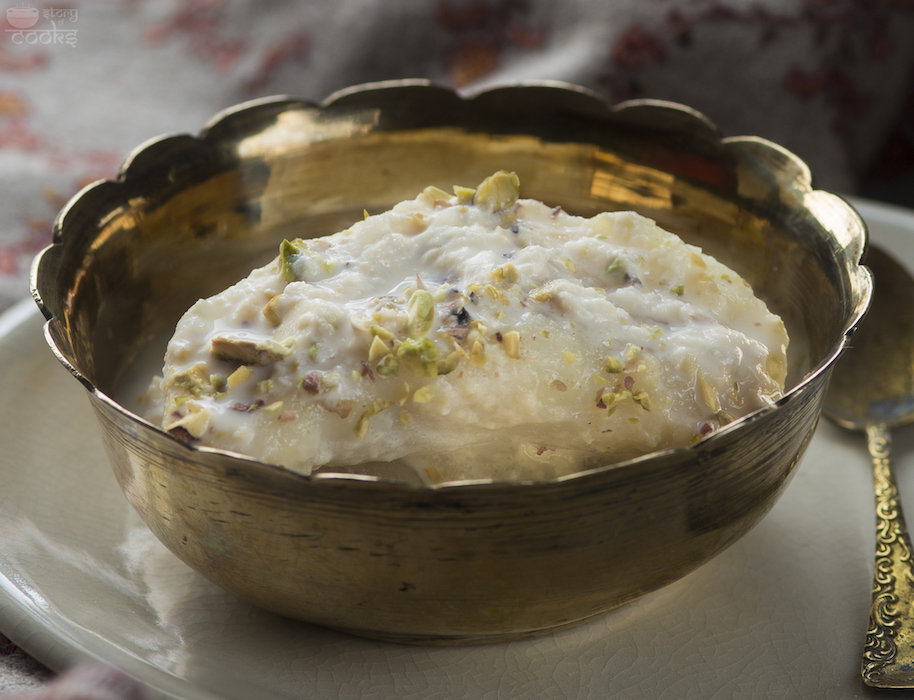
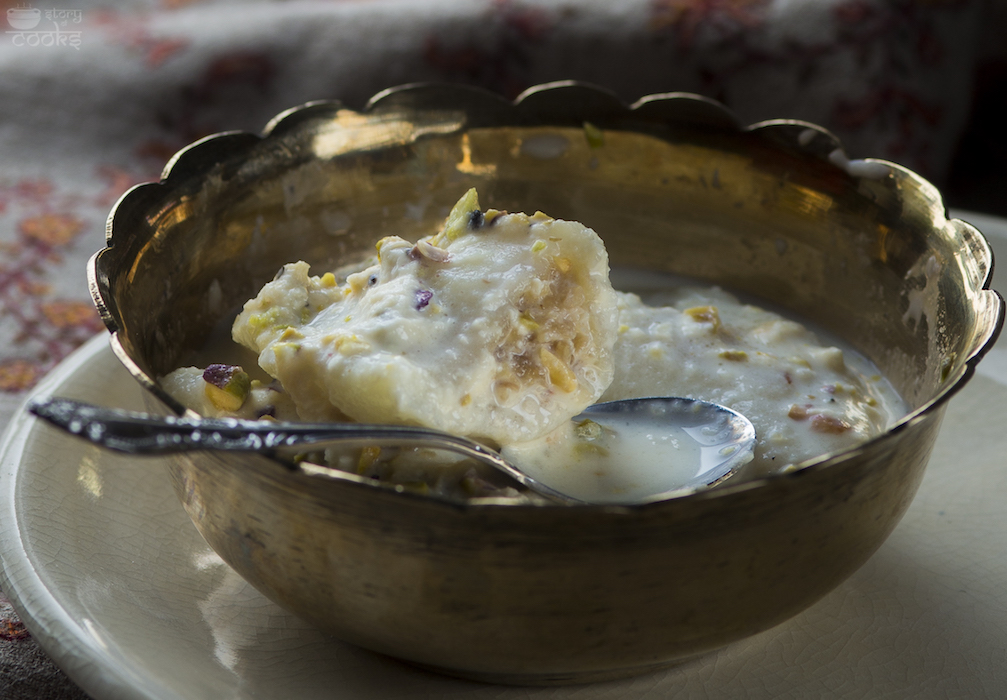
Recipe of Dudh Puli or Sweet Coconut Dumplings in thick milk cream
Milk cream
- 5 quarts (liter) milk
- ¼ cup sugar
- ¼ cup jaggery
In a heavy bottom soup pot, over high heat, heat milk. Bring it until boil. Reduce the heat to medium-low and add sugar. Cook the milk, stirring often, for about 20 to 25 minutes, or until you prepare the rest.
Filling
- 1 teaspoon clarified butter
- 2 cups unsweetened shredded coconut
- ½ cup palm jaggery
In a non-stick saucepan over medium-high heat, heat clarified butter. Add coconut and cook for 3 minutes. Add jaggery and cook it for 5 to 6 minutes or until jaggery is mixed with coconut. Take it aside.
Dumplings
- 2 cups rice flour
- 1 teaspoon salt
- 1/2 cup or more hot water
- 1 teaspoon ground cardamom
- 1 tablespoon crushed pistachio (for garnish)
- In a mixing bowl, add rice flour and salt. With spoon mix it well. Add hot water slowly stirring with a wooden spoon until the mixture comes together to form dough. Cool until you can handle the dough, but it isn’t cold. Knead it well.
- Break off a 1-inch piece of dough and shape it into a ball. Working quick, so the dough does not become hard, shape the remaining dough into balls. You should have 24.
- Using 1 ball of dough at time, set it in your palm and press it between your palms to shape it into a round disk. Press it with your fingers to make it thin. Put 1 teaspoon of the filling in the middle. Turn one side on top of the other side, sealing the edges with your fingers. Continue shaping until all the dough and the filling is used.
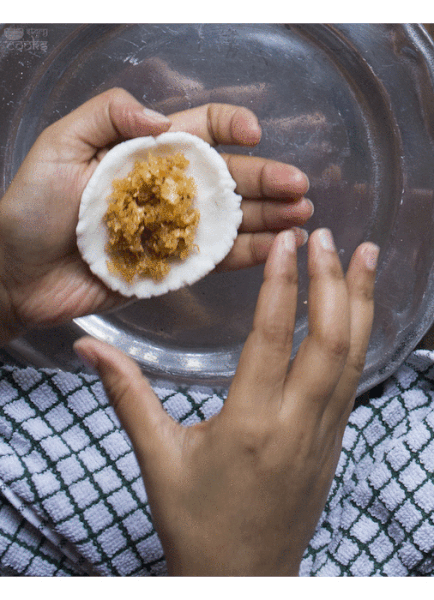
4. Once they all are done shaping, slowly release them into the milk mixture. Cook it covered for 15-18 minutes, or until the dumplings are cooked through. Add ground cardamom and give a gentle stir before taking it off the heat. Garnish with pistachio and serve warm.
Storing Direction: You can store them in a Pyrex container inside refrigerator up to 7 days. However re-heating is necessary before serving.
Some other Sankranti Recipes from our kitchen:
- Sweet Eggless Stuffed Crepes – Patisapta
- Sweet Coconut Dumplings – Pithe recipe
- Gurer Payesh – Bengali Rice pudding with jaggery
[clickToTweet tweet=”Learn this #Sankranti #special very #traditional #bengalirecipe with me: http://bit.ly/1KbNaDA ” quote=”We wish all of you a very happy Sankranti/Uttarayan/Pongal.” theme=”style1″]
[social_warfare]

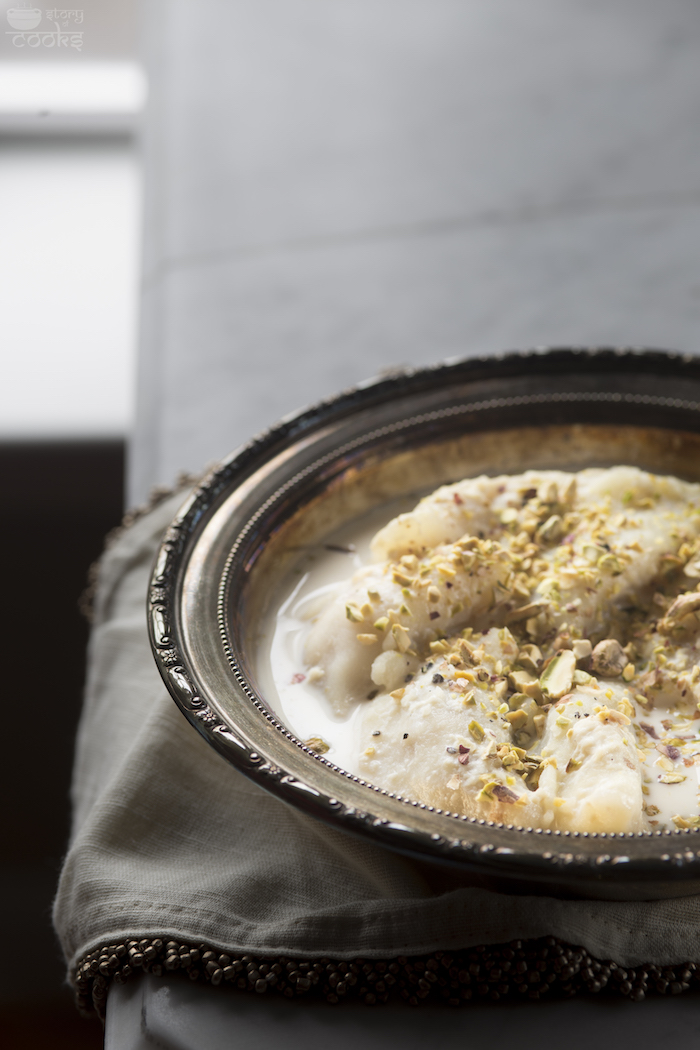
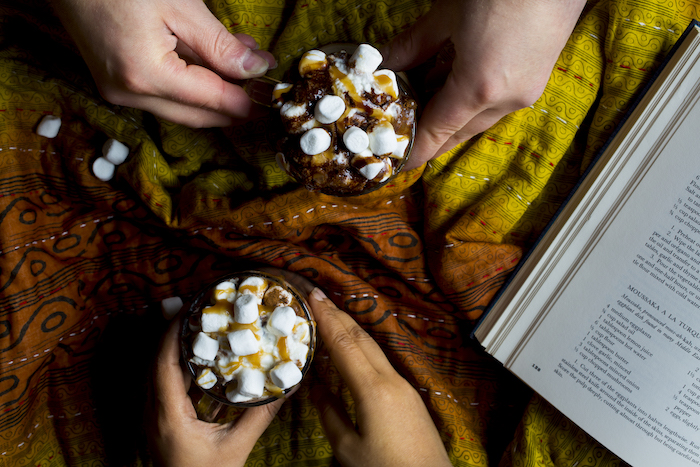
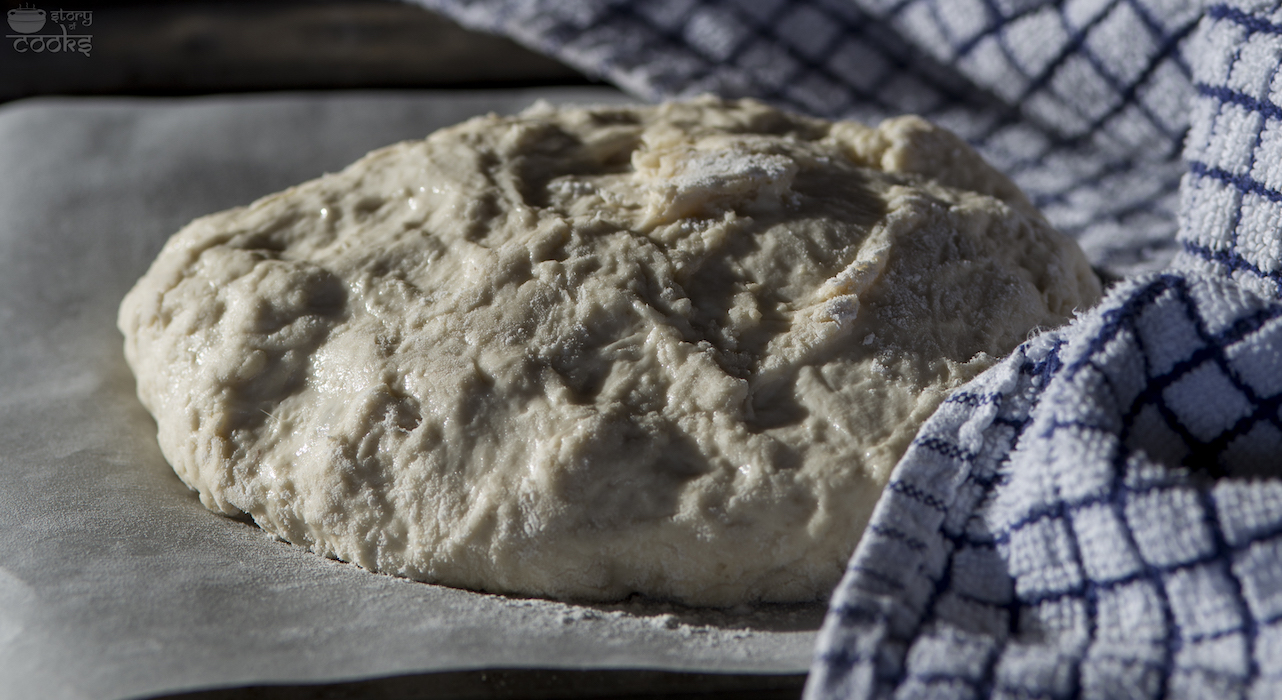
Beautiful Post Dolphia. Loved reading it. Happy sankranthi to you.
Wonderful post Dolphia. Love readimg your childhood memories. Clicks are stunning as always.Happy Sankranti to you .
Wow that is one yummy looking dumpling..pics are making me drool.
Thank you for the link back dear.
I love such posts which speaks about the rich tradition and culture of our country. The coconut dumpling reminds me of kolukattai we do down South. Of course it is not immersed in milk cream which I need o try next time I make them. 😀
Thanks for the mention Dol. Happy Sankranthi to you and your family
Wonderful write up. Your space looks very festive Dol. Happy Pongal.
Amazing post Dolphia. Thank you for including mine. It is so interesting reading about the traditions of sankranthi from across India. Lovely idea. Pics are amazing as usual.
Lovely interesting post – really enjoyed reading everyone’s traditional way of celebrating this festival. As for the dessert – I’d love to be a guest at your new table and dig into some of this!
Dear Dolpia,
Your nolen gurer rosogolla was a great hit. Thank you. Will try dudh puli and bhapa pithe.